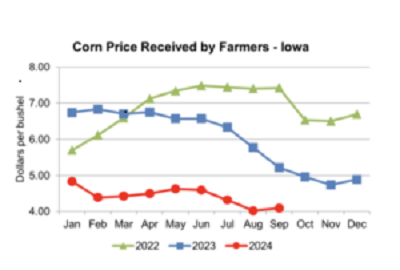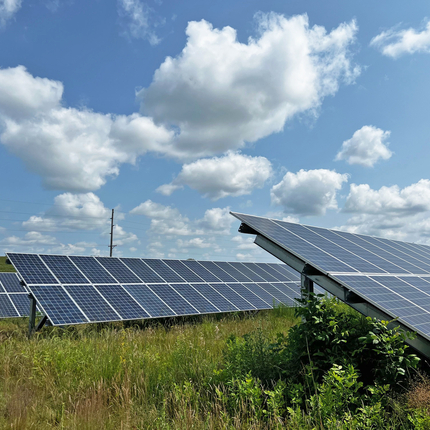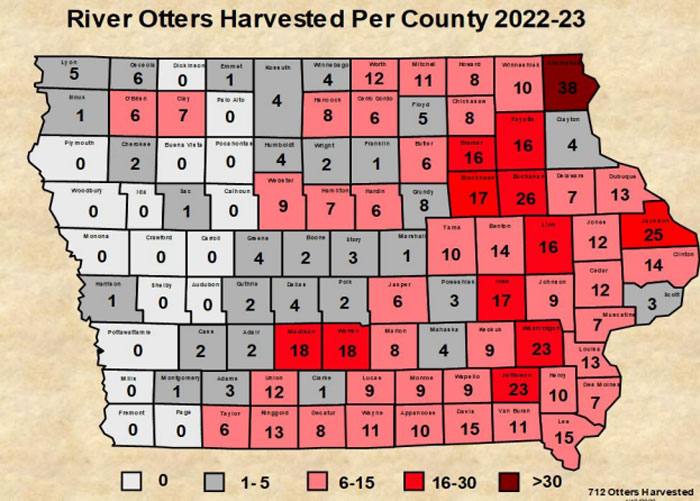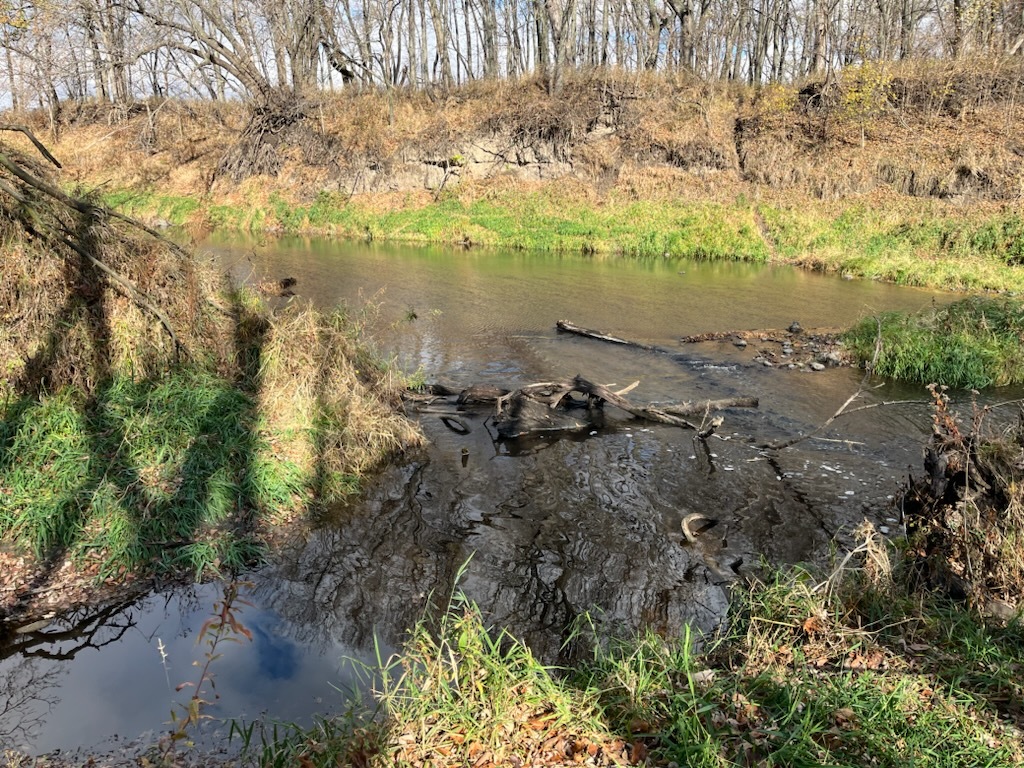Iowa receives ‘month’s worth’ of rain, harvest nearly complete
November 5th, 2024 by Ric Hanson
(Des Moines, Iowa; Iowa Capital Dispatch) – After a near-record dry September and October, Iowa received some much-needed rain while many farmers finished off their corn and soybean harvests for the season. Corn harvest reached 92% complete in the state, which is two weeks ahead of the average schedule, according to the Iowa crop progress and condition report for Oct. 28 through Nov. 3. Soybean harvest is 98% complete in the state, according to the national report.
Iowa Secretary of Agriculture Mike Naig said the damp and rainy conditions may slow the progress of farmers who still have crops to harvest. “However, it will also provide the added benefits of reducing dust, decreasing fire risk and helping to replenish our dry soils, waterways and pastures,” said Naig in a statement Monday. “For the many farmers who have seeded cover crops or are planning to do so, the rain also provided a much needed boost toward getting them established.”
The rain from the past week, which state climatologist Justin Glisan said was “nearly a month’s worth of rain” at some reporting stations, has also helped to replenish topsoil and subsoil moisture conditions. For the past several weeks, these conditions have been trending downward, with soil moisture becoming increasingly short. This week however, topsoil moisture condition increased from 15% adequate to 39% adequate. Subsoil moisture similarly jumped from just 20% adequate to 31% adequate due to the statewide average precipitation of 2.29 inches. The climatologist report said rainfall was more than four times the normal amount for this reporting period. Temperatures across Iowa were also above typical years, with an average of 53.1 degrees, nearly 8 degrees above normal.

The price of corn in Iowa was lower in September 2024 than previous years. (Graph courtesy of USDA)
The rainfall also lifted burn bans across the state, and now just nine Iowa counties are under a burn ban, according to the State Fire Marshal site. The state also released ag prices, Oct. 31, for the month of September. This report showed corn, on average, was $4.09 per bushel in September, which was 7 cents above the price per bushel in August, but $1.13 below the price of the previous September. Soybeans were similarly $3.10 per bushel below the price in September 2023 and averaged $10 per bushel in September 2024.
Milk prices in Iowa were $5.80 per hundredweight count (cwt) above prices from September 2023, and averaged $25.70 per cwt.









